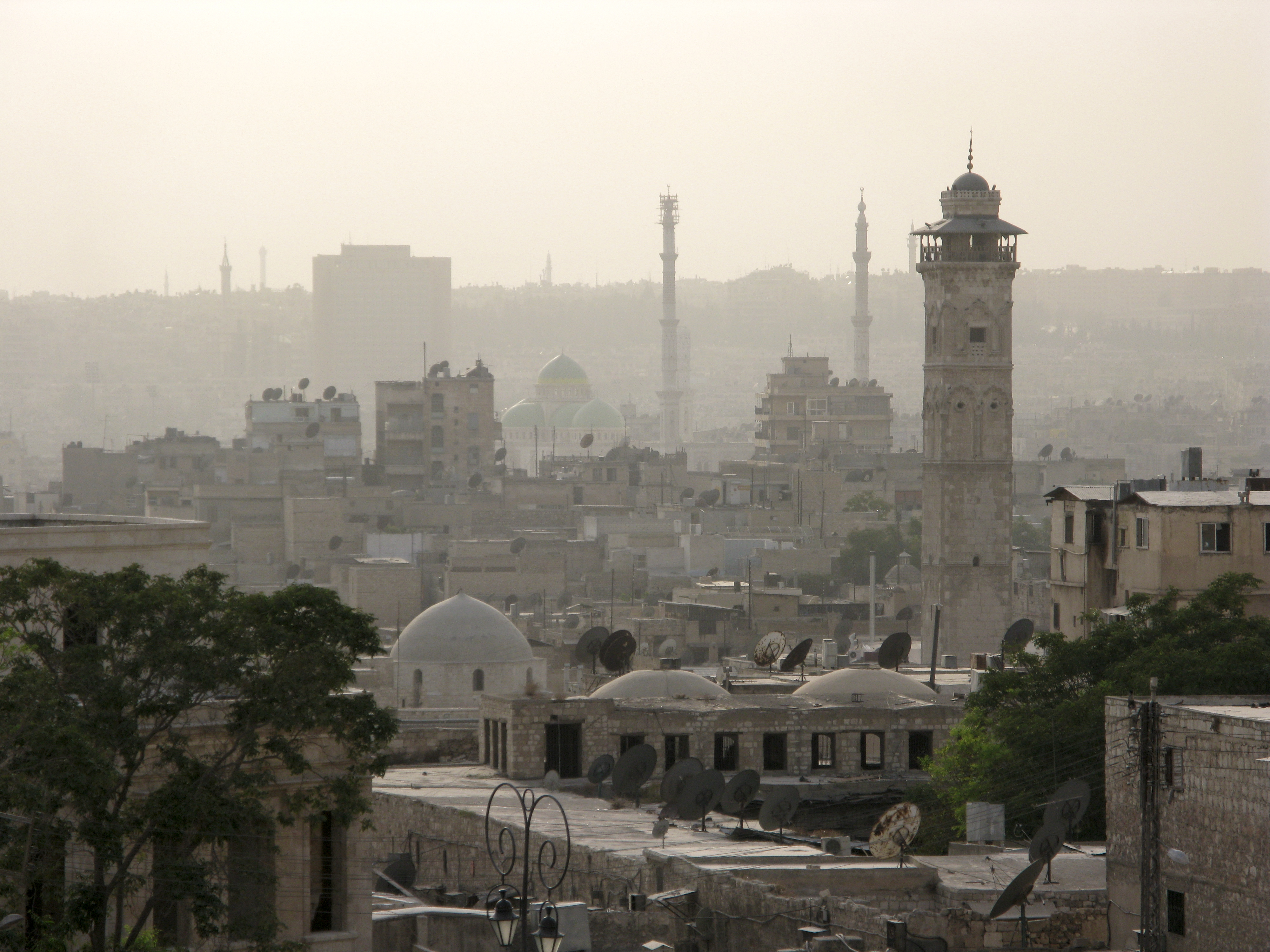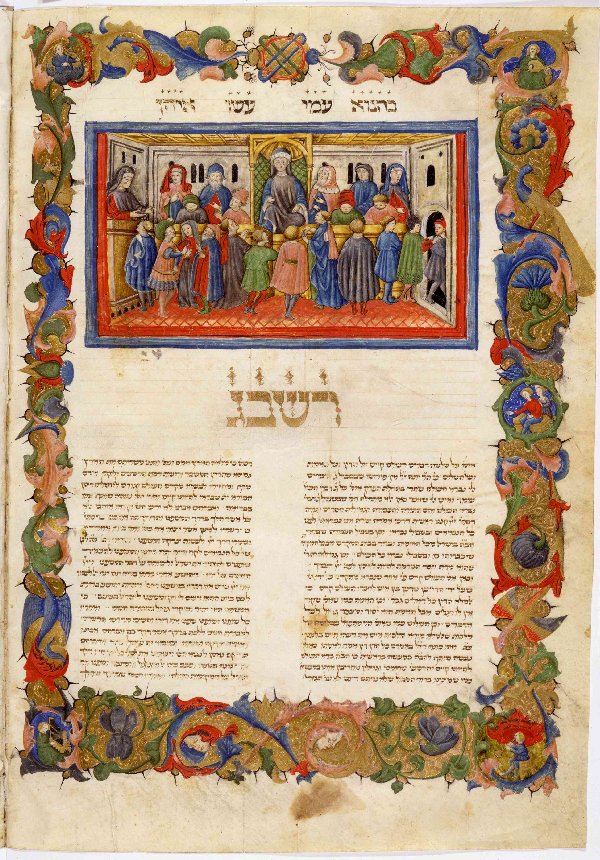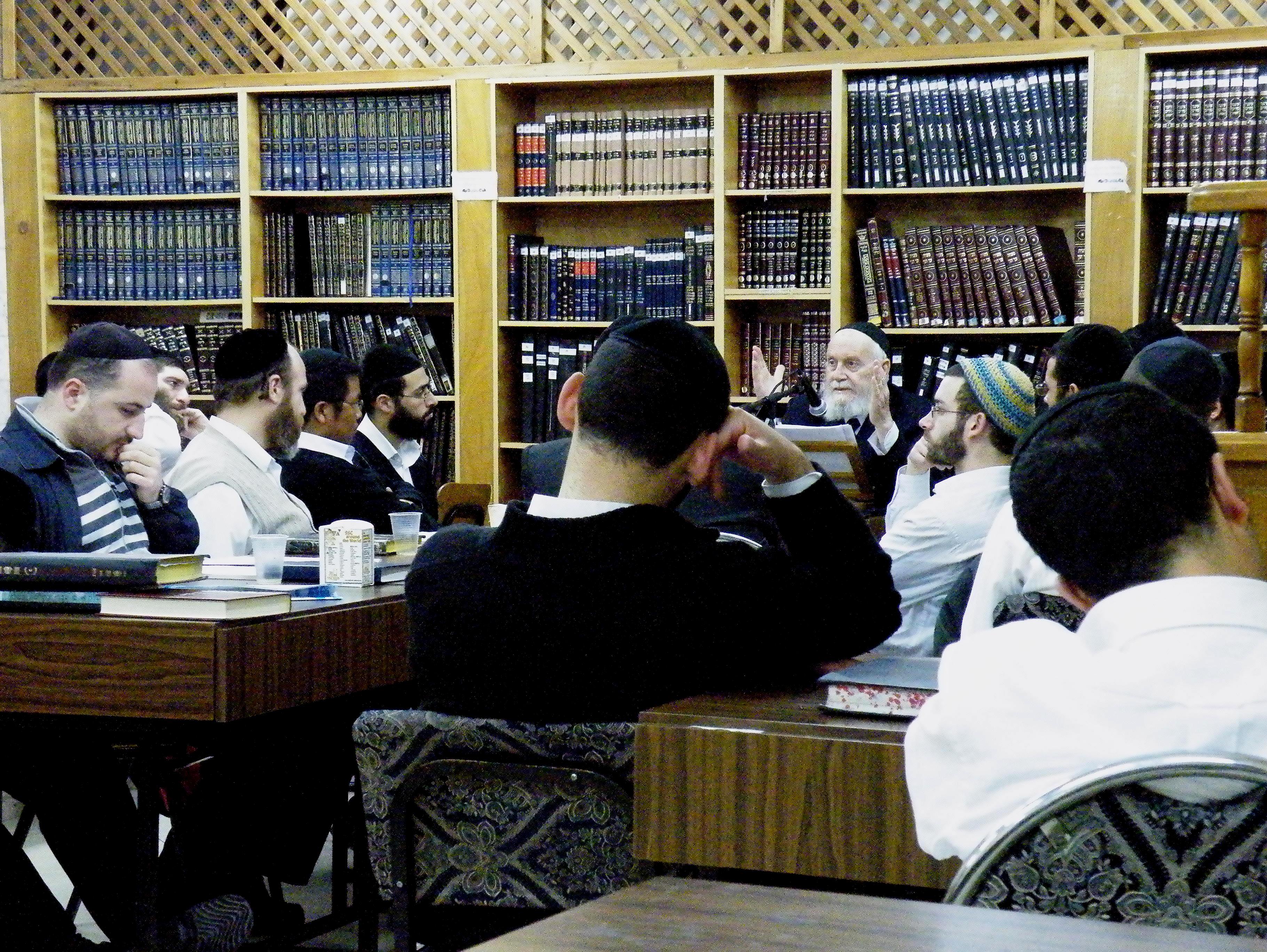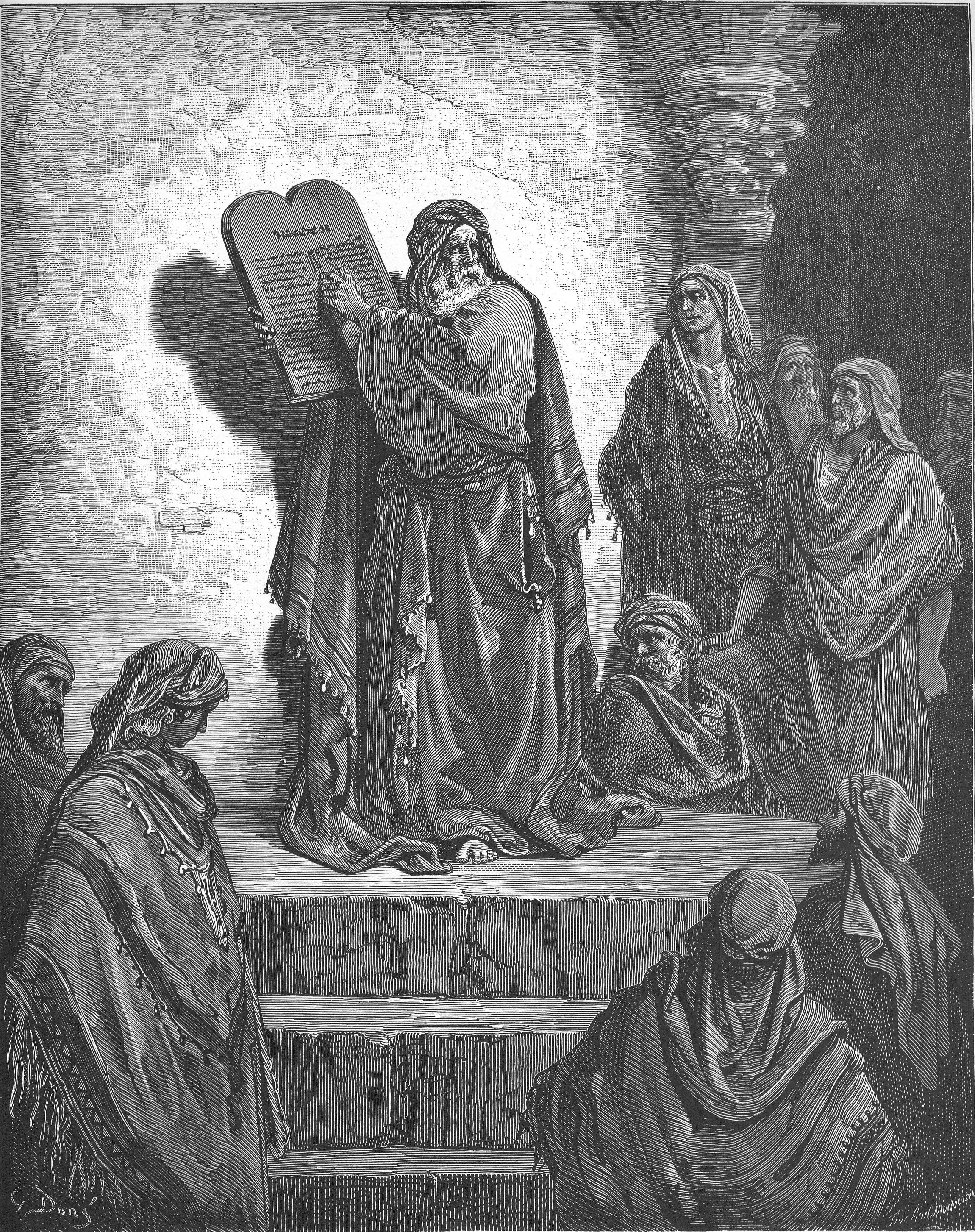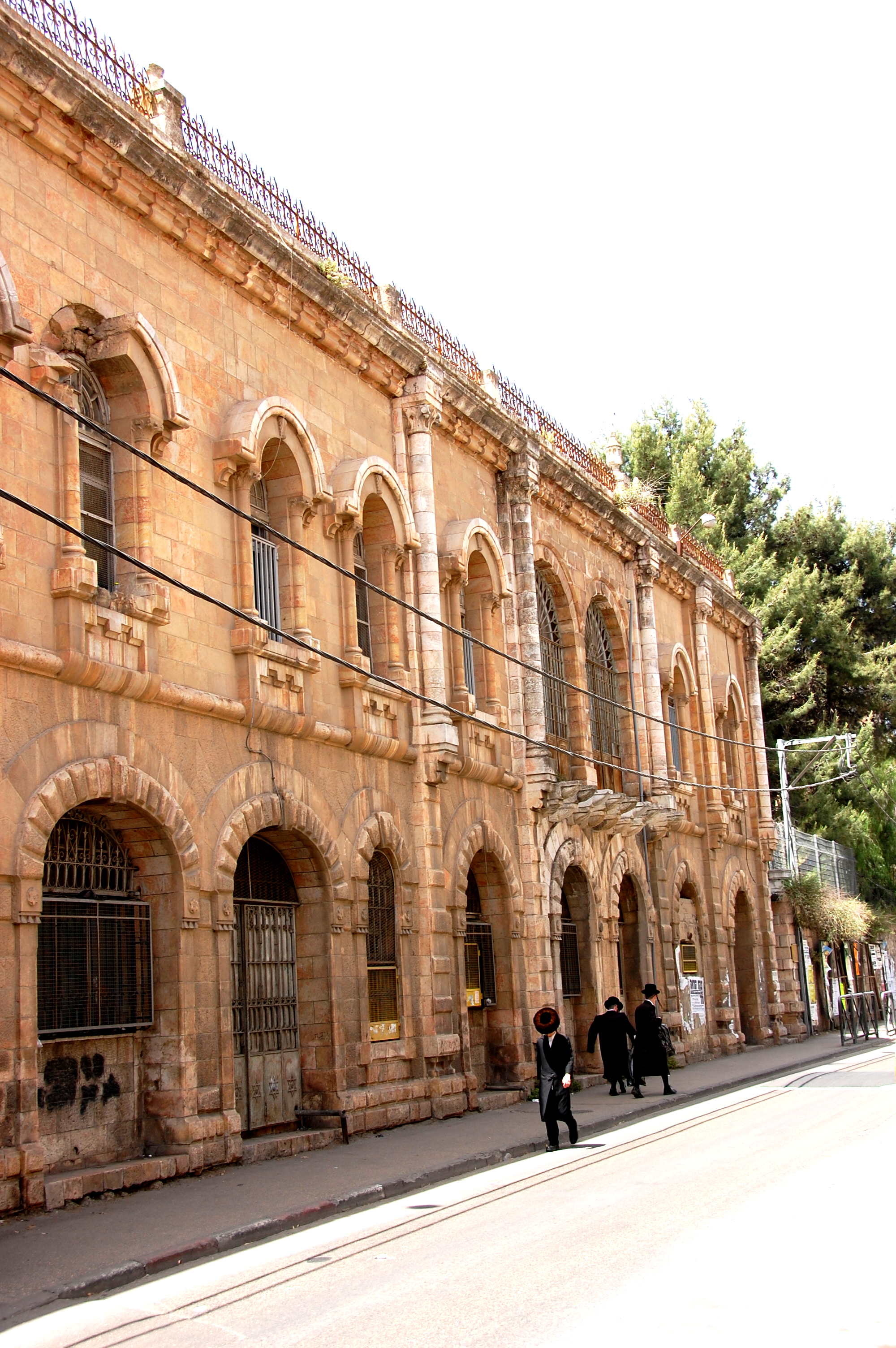|
Yaakov Ades
Yaakov Hai Zion Ades ( he, יעקב חי ציון עדס, February 24, 1898 – July 19, 1963), also spelled Adas or Adess, was a Sephardi Hakham, Rosh Yeshiva, and Rabbinical High Court judge. As rosh yeshiva of Porat Yosef Yeshiva in Jerusalem, he raised thousands of students, including Rabbi Ovadia Yosef, Sephardic Chief Rabbi of Israel; Rabbi Ben Zion Abba Shaul, rosh yeshiva of Porat Yosef; and Rabbi Yehuda Hakohen Rabin, Chief Rabbi of Bukharan Jewry in Israel. Family and early life Ades' parents were Rabbi Avraham Haim Ades (1848–1925) and Tzalha, daughter of Rabbi Moshe Swed, Rav of Aleppo. In Aleppo, his father was regarded as a great Hakham, kabbalist, author, and teacher of future Sephardic Torah leaders such as Rabbi Yosef Yedid Halevi, Rabbi Ezra Chamawi, Rabbi Yaakov Katzin, Rabbi Shlomo Laniado, and Rabbi Ezra Attiya. Upon his parents' aliyah to Israel in 1896, his father helped found Rechovot Hanahar, a yeshiva for kabbalists in the Bukharim quarte ... [...More Info...] [...Related Items...] OR: [Wikipedia] [Google] [Baidu] |
Rosh Yeshiva
Rosh yeshiva ( he, ראש ישיבה, pl. he, ראשי ישיבה, '; Anglicized pl. ''rosh yeshivas'') is the title given to the dean of a yeshiva, a Jewish educational institution that focuses on the study of traditional religious texts, primarily the Talmud and the Torah, and ''halakha'' (Jewish law). The general role of the rosh yeshiva is to oversee the Talmudic studies and practical matters. The rosh yeshiva will often give the highest '' shiur'' (class) and is also the one to decide whether to grant permission for students to undertake classes for rabbinical ordination, known as ''semicha''. The term is a compound of the Hebrew words ''rosh'' ("head") and ''yeshiva'' (a school of religious Jewish education). The rosh yeshiva is required to have a comprehensive knowledge of the Talmud and the ability to analyse and present new perspectives, called '' chidushim'' ( novellae) verbally and often in print. In some institutions, such as YU's Rabbi Isaac Elchanan Theological ... [...More Info...] [...Related Items...] OR: [Wikipedia] [Google] [Baidu] |
Aleppo
)), is an adjective which means "white-colored mixed with black". , motto = , image_map = , mapsize = , map_caption = , image_map1 = , mapsize1 = , map_caption1 = , pushpin_map = Syria#Mediterranean east#Asia#Syria Aleppo , pushpin_label_position = left , pushpin_relief = yes , pushpin_mapsize = , pushpin_map_caption = Location of Aleppo in Syria , coordinates = , subdivision_type = Country , subdivision_name = , subdivision_type1 = Governorate , subdivision_type2 = District , subdivision_type3 = Subdistrict , subdivision_name1 = Aleppo Governorate , subdivision_name2 = Mount Simeon (Jabal Semaan) , subdivision_name3 = Mount Simeon ... [...More Info...] [...Related Items...] OR: [Wikipedia] [Google] [Baidu] |
Arba'ah Turim
''Arba'ah Turim'' ( he, אַרְבָּעָה טוּרִים), often called simply the ''Tur'', is an important Halakhic code composed by Yaakov ben Asher (Cologne, 1270 – Toledo, Spain c. 1340, also referred to as ''Ba'al Ha-Turim''). The four-part structure of the ''Tur'' and its division into chapters (''simanim'') were adopted by the later code Shulchan Aruch. This was the first book to be printed in Southeast Europe and the Near East. Meaning of the name The title of the work in Hebrew means "four rows", in allusion to the jewels on the High Priest's breastplate. Each of the four divisions of the work is a "Tur", so a particular passage may be cited as "Tur Orach Chayim, siman 22", meaning "Orach Chayim division, chapter 22". This was later misunderstood as meaning "Tur, Orach Chayim, chapter 22" (to distinguish it from the corresponding passage in the Shulchan Aruch), so that "Tur" came to be used as the title of the whole work. Arrangement and contents Th ... [...More Info...] [...Related Items...] OR: [Wikipedia] [Google] [Baidu] |
Talmud
The Talmud (; he, , Talmūḏ) is the central text of Rabbinic Judaism and the primary source of Jewish religious law ('' halakha'') and Jewish theology. Until the advent of modernity, in nearly all Jewish communities, the Talmud was the centerpiece of Jewish cultural life and was foundational to "all Jewish thought and aspirations", serving also as "the guide for the daily life" of Jews. The term ''Talmud'' normally refers to the collection of writings named specifically the Babylonian Talmud (), although there is also an earlier collection known as the Jerusalem Talmud (). It may also traditionally be called (), a Hebrew abbreviation of , or the "six orders" of the Mishnah. The Talmud has two components: the Mishnah (, 200 CE), a written compendium of the Oral Torah; and the Gemara (, 500 CE), an elucidation of the Mishnah and related Tannaitic writings that often ventures onto other subjects and expounds broadly on the Hebrew Bible. The term "Talmud" may refer to ... [...More Info...] [...Related Items...] OR: [Wikipedia] [Google] [Baidu] |
Shiur (Torah)
Shiur (, , lit. ''amount'', pl. shiurim ) is a lecture on any Torah topic, such as Gemara, Mishnah, Halakha (Jewish law), Tanakh (Bible), etc. History The Hebrew term שיעור ("designated amount") came to refer to a portion of Judaic text arranged for study on a particular occasion, such as a yartzeit, the dedication of a new home, or the evening of a holiday, and then to a public reading and explanation of the same. The act of teaching and studying these texts at the designated time was known in Yiddish as ''schiur lernen''. These shiurim would be attended by all classes of people; it was traditional for learned attendees to engage the lecturer in continuous discussion, and for the larger lay audience to listen intently. Concurrently, the word came to refer to the daily study quotient for students of a yeshiva, and then to the lecture given thereon. Akiva Eger, for example,would not miss learning a single ''shiur'' with the yeshiva. His ''shiurim'' with them we ... [...More Info...] [...Related Items...] OR: [Wikipedia] [Google] [Baidu] |
Old City (Jerusalem)
The Old City of Jerusalem ( he, הָעִיר הָעַתִּיקָה, translit=ha-ir ha-atiqah; ar, البلدة القديمة, translit=al-Balda al-Qadimah; ) is a walled area in East Jerusalem. The Old City is traditionally divided into four uneven quarters, namely: the Muslim Quarter, the Christian Quarter, the Armenian Quarter, and the Jewish Quarter. A fifth area, the Temple Mount, known to Muslims as the ''Haram al-Sharif'', is home to the Dome of the Rock, Al-Aqsa Mosque and was once the site of two Jewish Temples. The current designations were introduced in the 19th century. The Old City's current walls and city gates were built by the Ottoman Empire from 1535 to 1542 under Suleiman the Magnificent. The Old City is home to several sites of key importance and holiness to the three major Abrahamic religions: the Temple Mount and Western Wall for Judaism, the Church of the Holy Sepulchre for Christianity, and the Dome of the Rock and al-Aqsa Mosque for Islam. ... [...More Info...] [...Related Items...] OR: [Wikipedia] [Google] [Baidu] |
Ezra Harari-Raful
Ezra (; he, עֶזְרָא, '; fl. 480–440 BCE), also called Ezra the Scribe (, ') and Ezra the Priest in the Book of Ezra, was a Jewish scribe (''sofer'') and priest (''kohen''). In Greco-Latin Ezra is called Esdras ( grc-gre, Ἔσδρας). According to the Hebrew Bible he was a descendant of Sraya, the last High Priest to serve in the First Temple, and a close relative of Joshua, the first High Priest of the Second Temple. He returned from Babylonian exile and reintroduced the Torah in Jerusalem. According to 1 Esdras, a Greek translation of the Book of Ezra still in use in Eastern Orthodoxy, he was also a High Priest. Rabbinic tradition holds that he was an ordinary member of the priesthood. Several traditions have developed over his place of burial. One tradition says that he is buried in al-Uzayr near Basra (Iraq), while another tradition alleges that he is buried in Tadif near Aleppo, in northern Syria. His name may be an abbreviation of ', " Yah helps". In the ... [...More Info...] [...Related Items...] OR: [Wikipedia] [Google] [Baidu] |
Bukhara
Bukhara (Uzbek language, Uzbek: /, ; tg, Бухоро, ) is the List of cities in Uzbekistan, seventh-largest city in Uzbekistan, with a population of 280,187 , and the capital of Bukhara Region. People have inhabited the region around Bukhara for at least five millennia, and the city has existed for half that time. Located on the Silk Road, the city has long served as a center of trade, scholarship, culture, and religion. The mother tongue of the majority of people of Bukhara is Tajik language, Tajik, a dialect of the Persian language, although Uzbek language, Uzbek is spoken as a second language by most residents. Bukhara served as the capital of the Samanid Empire, Khanate of Bukhara, and Emirate of Bukhara and was the birthplace of scholar Imam Bukhari. The city has been known as "Noble Bukhara" (''Bukhārā-ye sharīf''). Bukhara has about 140 architectural monuments. UNESCO has listed the historic center of Bukhara (which contains numerous mosques and madrasas) as a List o ... [...More Info...] [...Related Items...] OR: [Wikipedia] [Google] [Baidu] |
Egypt
Egypt ( ar, مصر , ), officially the Arab Republic of Egypt, is a transcontinental country spanning the northeast corner of Africa and southwest corner of Asia via a land bridge formed by the Sinai Peninsula. It is bordered by the Mediterranean Sea to the north, the Gaza Strip of Palestine and Israel to the northeast, the Red Sea to the east, Sudan to the south, and Libya to the west. The Gulf of Aqaba in the northeast separates Egypt from Jordan and Saudi Arabia. Cairo is the capital and largest city of Egypt, while Alexandria, the second-largest city, is an important industrial and tourist hub at the Mediterranean coast. At approximately 100 million inhabitants, Egypt is the 14th-most populated country in the world. Egypt has one of the longest histories of any country, tracing its heritage along the Nile Delta back to the 6th–4th millennia BCE. Considered a cradle of civilisation, Ancient Egypt saw some of the earliest developments of writing, agr ... [...More Info...] [...Related Items...] OR: [Wikipedia] [Google] [Baidu] |
Bukharim Quarter
The Bukharan Quarter ( he, שכונת הבוכרים, ''Shkhunat HaBukharim''), also HaBukharim Quarter or Bukharim Quarter, is a neighborhood in the center of Jerusalem, Israel. The neighborhood was established by Bukharan Jews of the Old Yishuv. The neighborhood also anchored communities from modern-day Afghanistan and the Iranian city of Meshad. It belonged to the early Jewish neighborhoods built outside the Old City of Jerusalem as part of a process which began in the 1850s. Today most of the residents are Haredi Jews. The quarter borders Tel Arza on the west, the Shmuel HaNavi neighborhood on the north, Arzei HaBira on the east, and Geula on the south. History The first immigrants of Bukharan Jews from Russian Turkestan (Central Asia) settled in Jerusalem in the 1870s and 1880s. In 1890, seven members of the Bukharan Jewish community formed the Hovevei Zion Association of the Jewish communities of Bukhara, Samarkand and Tashkent. In 1891, the association bought land ... [...More Info...] [...Related Items...] OR: [Wikipedia] [Google] [Baidu] |
Aliyah
Aliyah (, ; he, עֲלִיָּה ''ʿălīyyā'', ) is the immigration of Jews from the diaspora to, historically, the geographical Land of Israel, which is in the modern era chiefly represented by the State of Israel. Traditionally described as "the act of going up" (towards the Jewish holy city of Jerusalem), moving to the Land of Israel or "making aliyah" is one of the most basic tenets of Zionism. The opposite action—emigration by Jews from the Land of Israel—is referred to in the Hebrew language as '' yerida'' (). The Law of Return that was passed by the Israeli parliament in 1950 gives all diaspora Jews, as well as their children and grandchildren, the right to relocate to Israel and acquire Israeli citizenship on the basis of connecting to their Jewish identity. For much of their history, most Jews have lived in the diaspora outside of the Land of Israel due to various historical conflicts that led to their persecution alongside multiple instances of expu ... [...More Info...] [...Related Items...] OR: [Wikipedia] [Google] [Baidu] |

